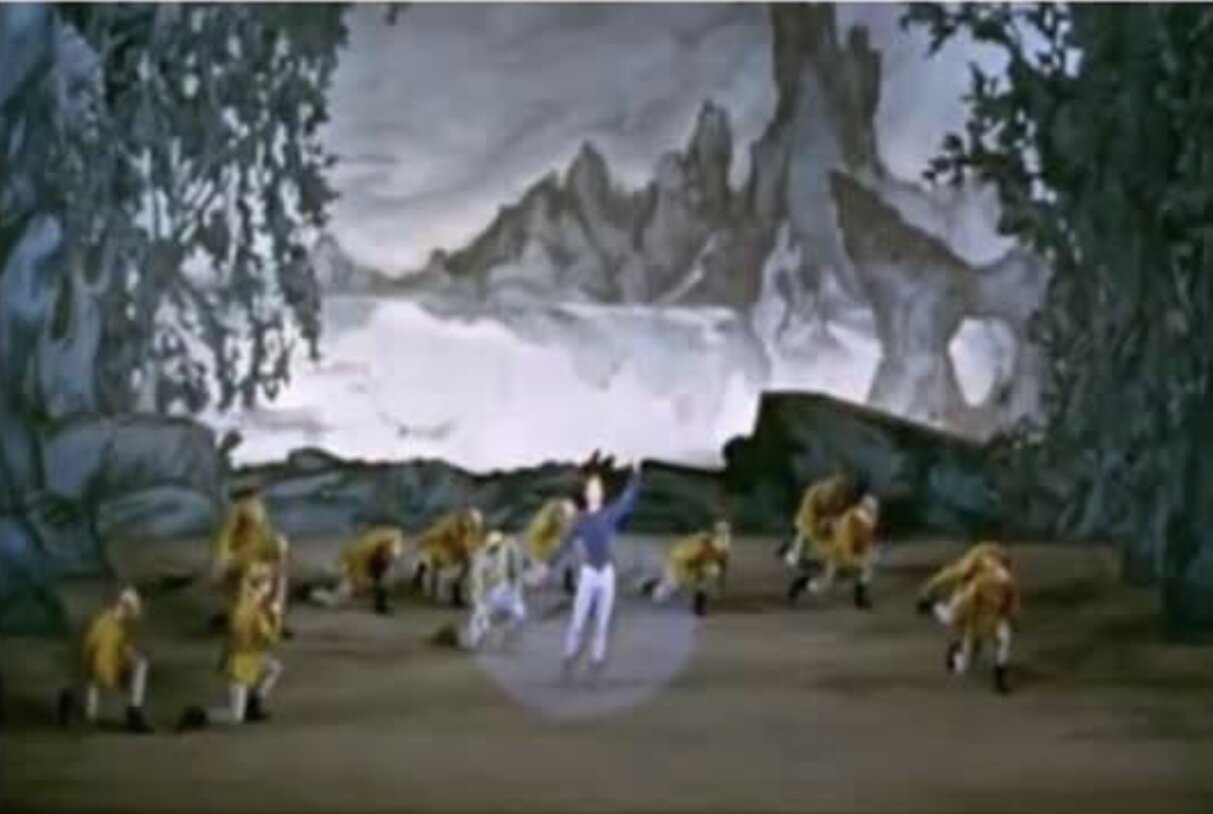Swan Lake Studies 35-44
35, 36, 37, 38, 39, 40, 41, 42, 43, 44. In “Swan Lake”, let’s speak now of the other huntsmen. For me and for many younger devotees of “Swan Lake”, it’s been a fascinating shock to discover how much these men once contributed to the first lakeside scene - and how much they changed its drama to something quite unlike any other ballet. When I was first watching “Swan Lake” in the mid-1970s, Siegfried (there was no Benno) had a cortège of huntsmen who left the palace with him and whom, at the lakeside, in their most memorable moment (see 1), Odette then begged not to shoot the corps of swan-maidens. After that, they weren’t seen again, because modern stagers of “Swan Lake” have liked to think this is just another love story about one prince and one heroine.
These stills and photographs of various productions between the 1930s and 1950s show - as do George Balanchine’s one-act “Swan Lake” (1951) and a very few other productions (not least Alexei Ratmansky’s 2016 retrieval of the 1895 Petipa-Ivanov production - some of the further appearances of the huntsmen in this scene. The most startling, if you’re unused to it, is their return (2, 3, 4, 5, 6, 7), during Odette’s adagio with Siegfried and Benno, to partner the corps of swan-maidens - one man to two women. Theirs is a highly formal function, as is Benno’s role as co-partner: like him, they come and go - or, in some versions, they appear only in the adagio’s opening section. But their formal effect is musical: the adagio has always had a choral element with the powerful involvement of the corps de ballet throughout, but the huntsmen add a further element of musical ensemble - the chivalry that Siegfried and Benno are giving to Odette is something now extended to all these women.
As the scene ends (9, 10), the swan maidens and Odette leave the stage, obliged at dawn to resume swan form. Siegfried, stunned and smitten by the double revelation of beauty and love, is joined by Benno and the other huntsmen. As Siegfried affirms his love for Odette, Benno and the huntsmen all kneel (10), paying tribute to both the swan queen and to the prince’s love.
This choral effect does not occur in other ballets. Albrecht does not take a pack of henchmen into the wilis’ forest in “Giselle”; James does not take other crofters into the sylphides’ glen; Prince Désiré asks none of his fellow huntsmen to attend him as he remains in the forest. So the contribution of the “Swan Lake” huntsmen to the lakeside scene is quite singular; and it is a dangerous idea to edit away the ingredients of a ballet that make it like no other. Re-employ those huntsmen!
Tuesday 28 July.









